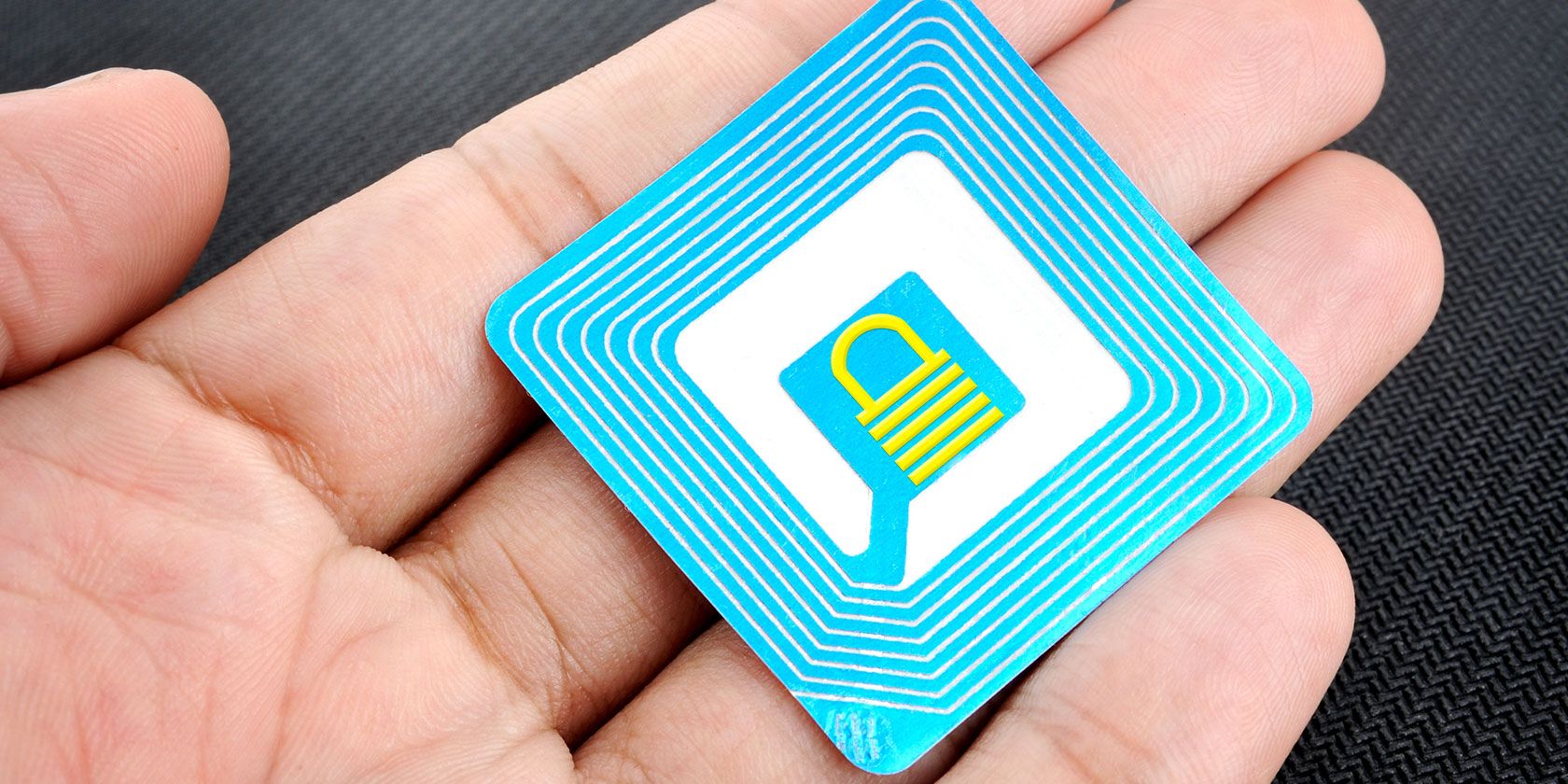The last few years has seen the introduction large swathes of products with either wireless or contactless technology. While these products are mostly sold on the lofty ambition of convenience this isn't always how things turn out.
Not only do they not always live up to their sales pitch, these smart devices they can also be a security risk too.
Radio-frequency identification (RFID) tags are a way of assigning data to the item they are applied to. This could be in-store security tags or something far more valuable like the information in your passport.
Exploiting RFID
RFID was once considered a niche industrial technology used on production lines. When RFID tags got cheaper this led to a huge range of RFID-enabled consumer products. The very useful and convenient NFC is even a subset of RFID technologies, which has crept into our smartphones, smart homes, and even our payment cards.
While each of these uses makes sense in its own little isolated world, the truth is there are people out there who have learnt how to exploit RFID for their own gain. RFID isn't just in our consumer devices -- it's in our work IDs, pet ID chips, and remote keyless entry systems on our cars.
There are even biohacking groups who actively experiment with implantable RFID chips to blur the boundary between human and machine. As cheap RFID enabled products continue to proliferate you need to know the best ways to protect yourself from the criminals.
RFID Shielding Pouches
When you are out of the house you are most likely carrying a bag with you. The easiest and most convenient way to protect yourself against RFID attacks would be to use a shielded pouch or bag instead.
If you are feeling more ambitious, a Instructables user laras put together guide to making your own RFID blocking pouch. Unlike some guides, it doesn't rely just on wrapping the bag in aluminum. Instead, you gather aluminum foil, cans, trash bags, and electrical tape to make an effective shield.
RFID Blocking Sleeves and Wallets
If you don't regularly carry a bag, or want constant protection from RFID card skimmers it might be worth investing in RFID blocking sleeves or wallets. Unlike the larger pouches these are usually designed to protect one item like your passport, credit card, or car keys.
There are a lot of RFID blocking wallets out there ranging from inexpensive-but-practical to luxury wallets. One of the best value if you are going travelling is the Sharkk RFID Protected Rugged Wallet (CA/UK), which can hold up to nine cards and is water resistant. If you want something less formal then there are RFID blocking sleeves which tend to come in great value multi-packs.
Shielded Clothing
In Better Call Saul -- the prequel to the popular TV show Breaking Bad -- Saul Goodman's brother Chuck believes he suffers from electromagnetic hypersensitivity. In order to prevent exposure to electromagnetic waves, Chuck coats his house in aluminum foil and takes to wearing a space blanket. Since radio frequencies are also waves, the same effect applies. Although it may not have caught on into the mainstream, RFID shielded clothing is available.
The most notable RFID blocking clothing is from Betabrand in collaboration with digital security specialists Norton. The $168 men's jeans have pockets made out of "RFID blocking fabric" so that your phone, keys, and wallet can all live securely in your pocket. Although these jeans have become some of the most notable RFID blocking clothing through association with Norton, there are plenty of other choices.
The Tinfoil Method: Faraday Cages
The off-the-shelf shields are wallets are an easy and affordable way to protect your RFID-enabled items. They all use the same underlying technology to attempt to block RFID skimming: a Faraday cage. Invented by notable scientist Michael Faraday in 1836, the cage uses a conductive metal to disperse electrical fields. This serves to protect anything inside the cage from the electromagnetic fields.
While the original design was in the form of an actual cage, most products now use conductive metals embedded into the product to provide the protection. A common DIY Faraday cage is to wrap your RFID enabled device in aluminum foil. Its inexpensive but not entirely effective unless you use multiple layers of foil.
One of the best uses of a Faraday cage at home is for your car keys. Some opportunistic thieves have reportedly been able to amplify the signal and unlock your car without you being nearby. By placing the keys inside a cage it makes it far less likely that the prospective thief will be able to access the key's signal. If you don't own a car with a remote keyless system, then you could always turn your house into a large Faraday cage and get everyone off their phone.
While DIY Faraday cages are relatively simple to set up, it is often easier to buy shielded wallets and other accessories. This way you can check out performance tests of the shields being buying.
Beware, though. While Faraday cages dramatically reduce the ability block signals, they are not 100 percent effective. As noted at Omniscience Is Bliss when either using RFID at very close distances, or with high radio frequencies, the blocking effect is severely reduced.
Search and Destroy
If you decide that you want rid of all the RFID in your life, then do as Instructables user m1k3y suggests: destroy them. The simplest way of doing this is to place the RFID tag in a microwave for five seconds. Metal doesn't fare well in microwaves -- it causes fires -- so you should exercise extreme caution with this method. Also, unless you like fire damaged electronics, you should remove the RFID tag from the device before microwaving.
If you don't want the risk of fire then you could either try piercing the RFID chip that is embedded in the tag, or cut the antenna so it can't receive or transmit any information. The last, and probably most cathartic, is to take a hammer to it. As m1k3y wisely notes, although most RFID items you own are your property, it is an offense to tamper with your passport. It may be best to just leave that in an RFID blocking sleeve.
It's Not All Bad News
Will we end up in a dystopian future where we all walk around with hackable RFID chips embedded in our skin? Maybe, but the reports of RFID's security flaws are greatly exaggerated.
They have the ability to greatly simplify our lives and get our phones out of the way. As long as you take some precautions, then you should avoid the potential pitfalls of RFID. That said, isn't that true of all technology?
Are you worried about RFID hacking? Have you been on the receiving end? Are you going to try any of these protections? Let us know in the comments below!
Image Credits: Nor Gal/Shutterstock



